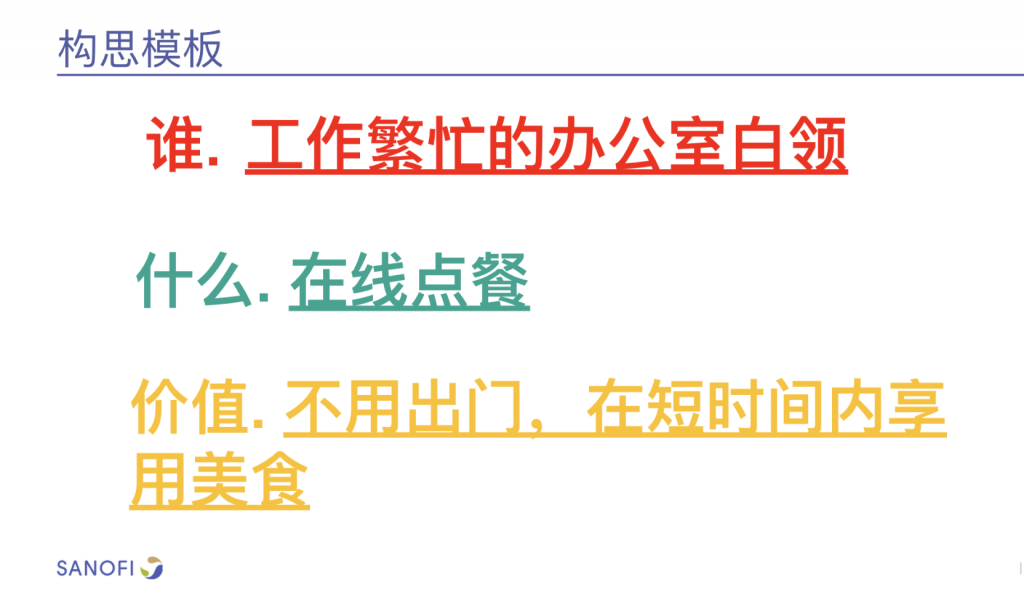Background
Wecom, which is an enterprise WeChat version, we use it for internal communications and managements. It’s like teams of Microsoft. We can develop our own mini-programs in Wecom to meet specific enterprise needs and ensure data security. I got the idea was about “lets make 50 mini-programs and see if any of them work” , so hackathon is a great way to make this happend.
Goals
- Complete the design from initial idea to interactive prototype within 72 hours;
- Ensure each product is user-centric and meets business needs;
- Demonstrate to the whole company that the Digital team is efficient and innovative, and can enable everyone to participate in developing innovative products.
Training and Practise
I planed the flow of 3 days, idea->persona->user journey->workflow->wireframe->prototype.
Day1 – training and workflow; Day2 prototype; Day3 Rehersal and presentation.
and each part need paticipants do it by themselves, facilitator only did some technical support. I also interviewd facilitators and selected 8 of them to join the hachathon training. I also prepare Wecom component library for paticipants to use and make their “homework” more efficiency and more focus on businss and users’ needs.






Some Results




Photos



Video
Summary
- This was my first time organizing a hachathon event, it was rewarding to share my experience with colleagues from cross-functions. It also validated that making a good product does not necessarily require digital expertise, with basic methods and integrating end user wisdom, we can solve the most urgent problems at work.
- This is a top-down company, so a product’s quality is scored and decided by the GM. This is not ideal, participants had to convince the GM in addition to showcasing the product. However, it’s difficult for the GM to make long-term appropriate decisions quickly, requiring extensive planning for products to move into development. Digital strategy should be laid out first to map future innovation directions.
- Many marketing and sales colleagues don’t understand user-centricity, caring more about meeting their own KPIs. So products often cannot expand much. Some designs only serve a few users, not cost-effective. Two solutions: identify more potential ideas early on; build and get user feedback fast for strong guidance.

